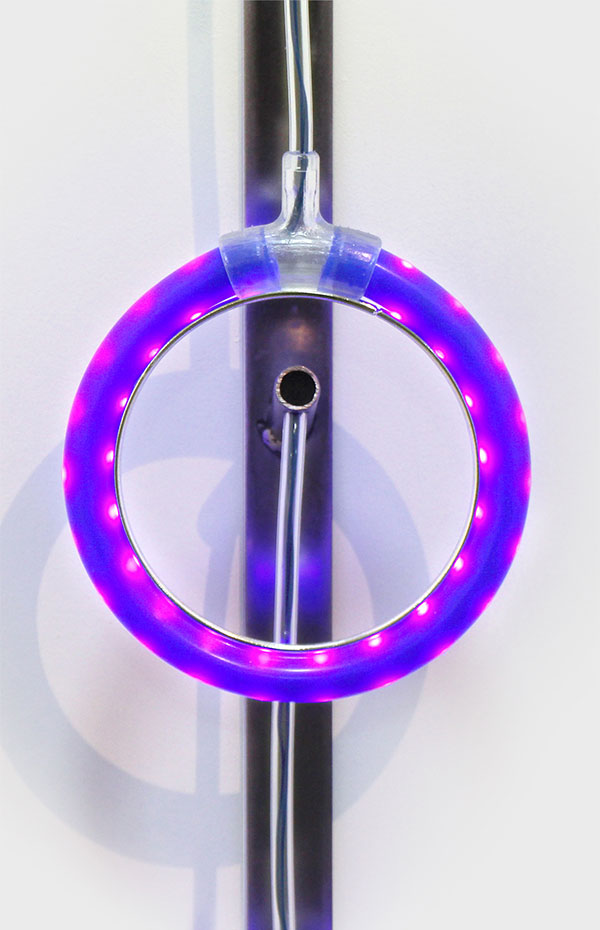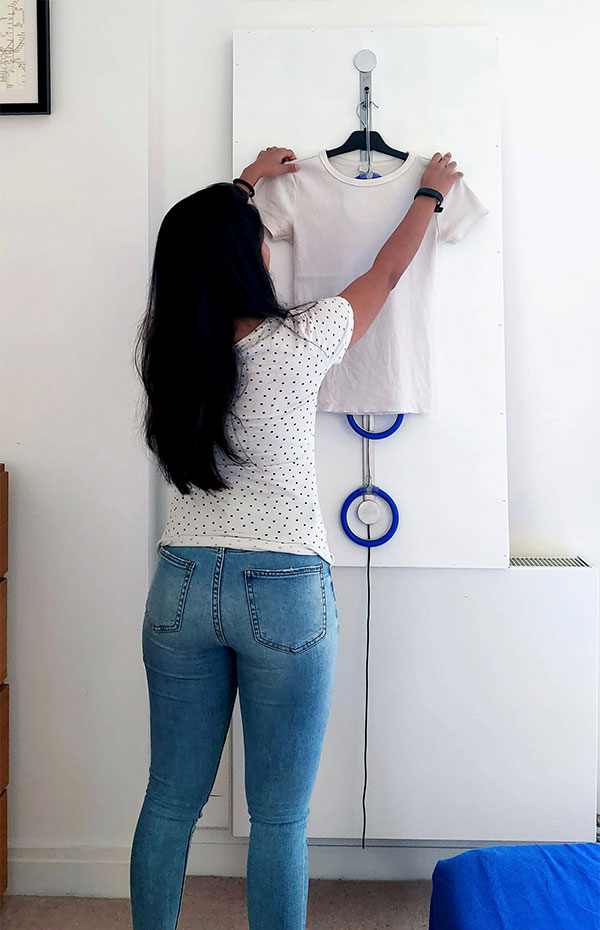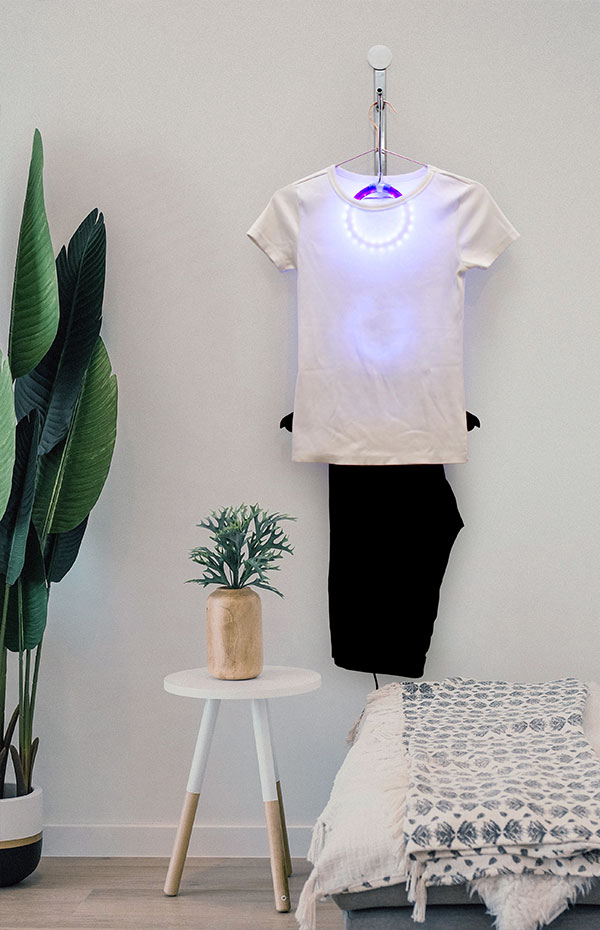

Why do we wash our clothes?
A world without textiles is hard to imagine, but the fashion industry has a tremendous negative impact on the planet. There exists a widespread throwaway culture coupled with fast-fashion ideology, which leads to a detachment of consumers from their contribution to the problem. At the current rate, the textile industry would account for 26% of the world’s carbon budget (associated with a 2°C pathway) by 2050. What is little known however, is that half the lifecycle emissions of our clothes occur when they are in our possession – through washing, drying, ironing, and dry-cleaning. To offset this, Wearloop aims to normalise the rewear of clothes.
People’s routine and behaviour, the dominating influence over why clothes are washed regularly, are shaped by their environment, society and upbringing. In the majority of houses, clothes have only two assigned places – clean clothes are placed in a wardrobe, and dirty clothes in a laundry basket. The lack of a universally accepted space in a house for clothes that have been worn, but can be subsequently reworn, reflects in the social stigma against wearing clothes without being freshly washed. Additionally, distinguishing between everyday contamination like odour, wrinkles and sweat, over other issues like physical dirt and stains, is an effective point of intervention to encourage people away from excessive washing.
Wearloop is a dedicated space to hang clothes at the end of the day. It can be placed on any wall in a room, or even inside a wardrobe or on a door. The garment can also be hung using an ordinary hanger. Once turned on, the active ambient airflow and UV-C light will kill the secondary-bacteria and evaporate any residual moisture and sweat on the garment. This in turn will remove any odours and most wrinkles, rendering the garment suitable for rewear. The clothes can therefore be reworn or placed back in the wardrobe, encouraging minimal washing, and a considerably smaller environmental footprint.





